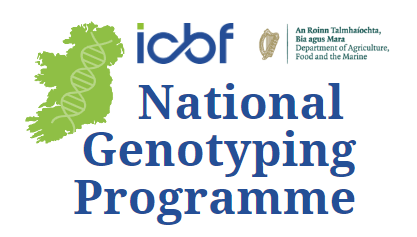National Genotyping Programme (NGP) participants, Noel & John Smyth farm on the Cavan/Meath border beside the village of Mountnugent. The farm has been passed down and is currently on its 4th generation! Noel inherited the farm from his uncle in 1991 and has operated as a Suckler to weanling enterprise.
The cow herd mainly comprises of Limousin & Limousin cross cows ran with Charolais bull. The average Replacement Index of the cows in the herd is an impressive €120- this compares to the national average of approximately €98. The first calvers coming into the herd have an average Replacement Index of €142. This high level of genetic merit is backed up with a high level of data recording with 100% of calves having a calving record, birth weight weaning weight and all the breeding females in the herd now genotyped through the various schemes.
Combined with this genomic data, all cows and calves have been weighed on farm for the last number of years which has given them some very useful information to aid in their breeding decisions.
What made you interested in joining the National Genotyping Programme?
We were keen join firstly with the time saving benefits of having all done from day one, two tags and out and within 2 weeks we have a parentage verified calf, myostatin status and a genomic evaluation. This is important for the couple of pedigree calves we have each year as pedigree certs are issued straight away.
How did you first hear about it?
We first heard about the pilot programme but missed out and heard in early 2023 that the project would open up for other farmers to apply.
Were there any challenges or things that surprised you?
We were lucky to be engaged with previous programmes meaning all our breeding females in the herd were genotyped and luckily we had no challenges or surprises.
What have you learned so far from the information it’s given you?
For us myostatin status is important when selecting bulls to suit cows avoiding disruptive variants is critical for us and maintaining beneficial variants such as F94L is important for us as were aiming to have cows that carry either one or two copies.
Has genotyping changed how you make breeding decisions?
Ultimately phenotype is number one but the more information we have to hand to help make decisions its gives us confidence in what we’re trying to achieve. Ultimately were putting a focus on trying to improve our daughter milk figure and we are seeing steady progress with this whilst trying to balance traits.
What would you say to a fellow farmer who is considering signing up in the future?
Go for it, for a small island we punch well above our weight, we feel we can offer full traceability from conception to fork. At some stage we feel the whole country will be DNA calf registering you may as well be ahead of the pose and be able to cope with the transition and not playing catch up.
Any advice or lessons learned you’d pass on?
Good record keeping and data collection is important record it whilst doing it and it’s done.
What’s been the biggest benefit to your operation?
For us myostatin status is important when selecting bulls to suit cows avoiding disruptive variants is critical for us and maintaining beneficial variants such as F94L is important for us as were aiming to have cows that carry either one or two copies.
Where do you see your farm heading in the next few years?
Trying to maintain production whilst improving a balance of milk and carcass weight.
Do you have a standout animal or a memorable moment you’d like to share?
The pick of this year’s calf crop is a pedigree Tomschoice Lexicon daughter out of an Ionesco dam from a Ronick Hawk cow is sitting with a replacement index of €176 and a daughter milk figure of +5.1kg and is hopefully one to make a cow!


